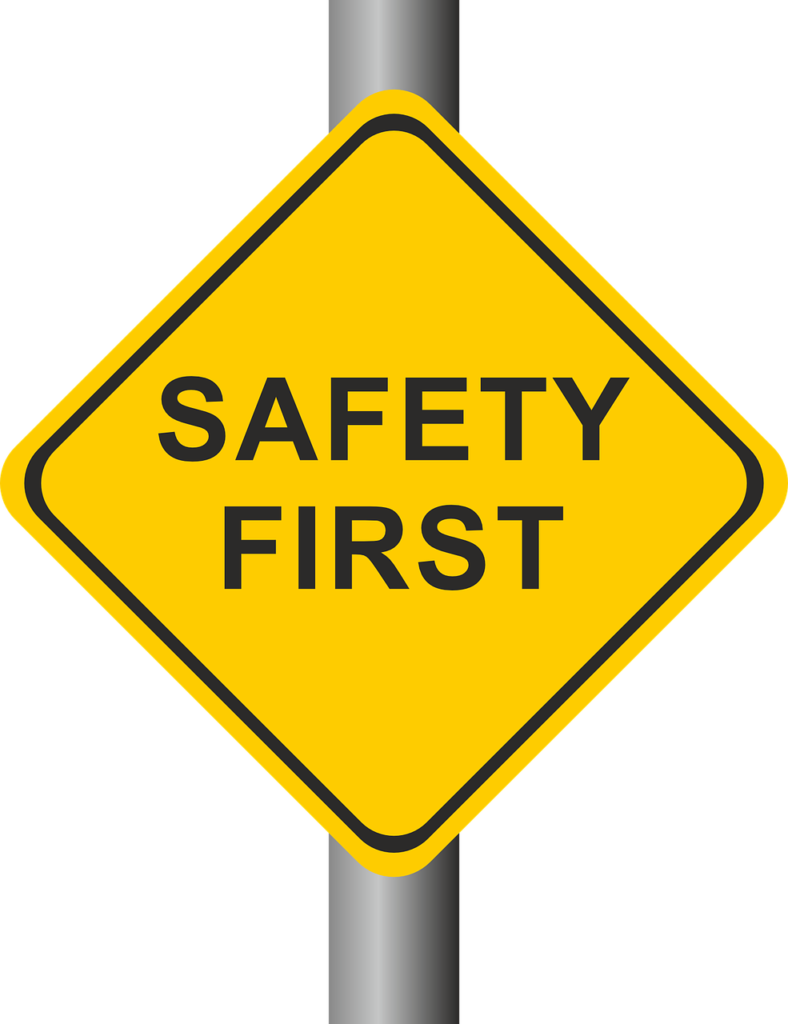
During National Safety Month, the National Safety Council (NSC) designated one week in June to focus on staying safe from slips, trips, and falls. This caught my attention given my being banded as a fall risk when checking into an outpatient clinic or during a hospital stay. And according to the Centers for Disease Control and Prevention (CDC), my past falls have doubled my chances of falling again.
Did you know that falls are the second leading cause of unintentional injury-related death? According to Injury Facts®, 42,114 people died in falls at home and at work in 2020 and account for almost one-third of non-fatal injuries in the U.S. Nearly seven million people seek emergency room treatment for a fall and 20 percent are seriously injured.
Want to subscribe to receive blog updates sign up today!
Although falling is prevalent among seniors, this post focuses on the fall risk among little people. Although I don’t have data on how many of us are falling, I suspect the fall risk is greater than in the average population. Several factors and conditions contribute to our risk, including the following:
- Physiological
- Impairment in the lower body due to spinal issues or orthopedic limitations. For example, my knees and ankles are fused so I can’t catch myself when I trip.
- Foot conditions like pain, neuropathy, and hard-to-find well-fitting footwear.
- Balance problems.
- Use of mobility devices.
- Vision problems like retinal detachments.
- Lack of sleep due to sleep apnea or pain, for example.
2. Environmental
- Clutter.
- Throw rugs or loose carpet.
- Uneven walking surfaces, like pavers or cracked concrete.
- Cords on the floor or jutting into the path of travel.
- Poor lighting.
- Stairs that are broken, uneven, or without handrails.
3. Pharmaceutical Agents
- Taking five or more medications per day.
- Tranquilizers to treat anxiety and insomnia.
- Narcotics taken for acute or severe pain.
- Antihistamine side effects causing drowsiness and reduced coordination, reaction speed and judgment.
- Over-the-counter medicines affecting balance and gait.
The good news is that with appropriate interventions little people can drastically reduce the risk of falling.
Physiological contributors can be mitigated with assistive devices like a cane or walker; sensible shoes that fit well, give good support, and have nonskid soles; grab bars for the shower or tub; a shower chair and hand-held shower nozzle. Exercise can improve strength, balance, coordination and flexibility. Annual vision checks and eyeglass updates are key to spotting and avoiding perilous situations.
Environmental hazards can be reduced by clearing the floor of anything someone might trip on—clutter, electrical and phone cords, small furniture, throw rugs, and the like. Immediately repair loose, wooden floorboards or carpeting, and clean spilled liquids, grease or food. Install handrails on both sides of a stairway. Maintain good lighting indoors and out. Limit the need for stools by keeping things used often on lower shelves. Use stools with a handle to hold onto. Never stand on chairs, tables or any surface with wheels.
Pharmaceutical risks can be eased by a doctor or pharmacist medication review.
What fall prevention tips can you add?
- “Injury Facts.” Copyright 2023 National Safety Council. https://injuryfacts.nsc.org/all-injuries/overview/
- “Make Fall Safety a Top Priority.” Copyright 2023 National Safety Council. https://www.nsc.org/workplace/safety-topics/slips-trips-and-falls/slips-trips-and-falls-home
- “Facts About Falls.” Centers for Disease Control and Prevention, National Center for Injury Prevention and Control. Last Reviewed: May 12, 2023. https://www.cdc.gov/falls/facts.html
- “Check for Safety: A Home Fall Prevention Checklist for Older Adults.” Center for Disease Control and Prevention. https://www.cdc.gov/steadi/pdf/check_for_safety_brochure-a.pdf
- Mayo Clinic Staff. “Fall prevention: Simple tips to prevent falls.” February 03, 2022. https://www.mayoclinic.org/healthy-lifestyle/healthy-aging/in-depth/fall-prevention/art-20047358
- Angela Muir Van Etten blog and dwarfism trilogy memoir. https://angelamuirvanetten.com.

4 replies on ““STAY SAFE:” Avoid Slips, Trips, and Falls”
Thanks for such a comprehensive coverage of the subject. I tell my husband we are one accident away from our entire lifestyle changing-and not for the better..
Comprehensive coverage but certainly not exhaustive. There is so much material I had to leave out; this is why I included links to articles which discuss material I left out due to space constraints.
Good list and comments regarding fall prevention! Thanks! The only thing I would add is to pay more attention, i.e. focus, on the environment while you’re moving through it. Try not to be distracted so you can notice trip hazards on the ground. Avoid talking on the phone while walking, especially outside. But always take your phone when you go outside- just in case!
Good point about not talking on the phone. One time I tripped on the sidewalk because of hurrying to keep up with the person ahead of me so that we could continue our conversation.